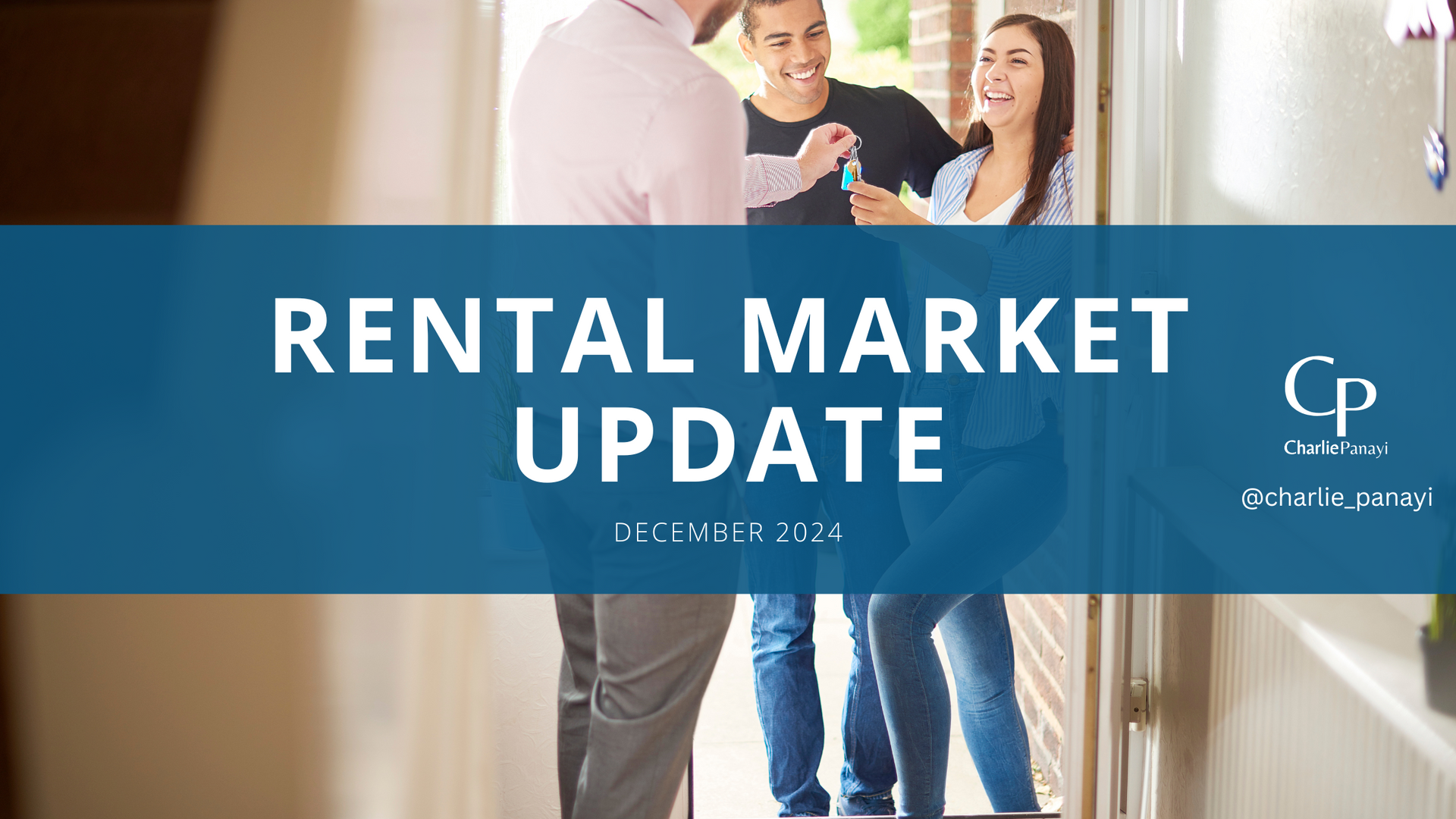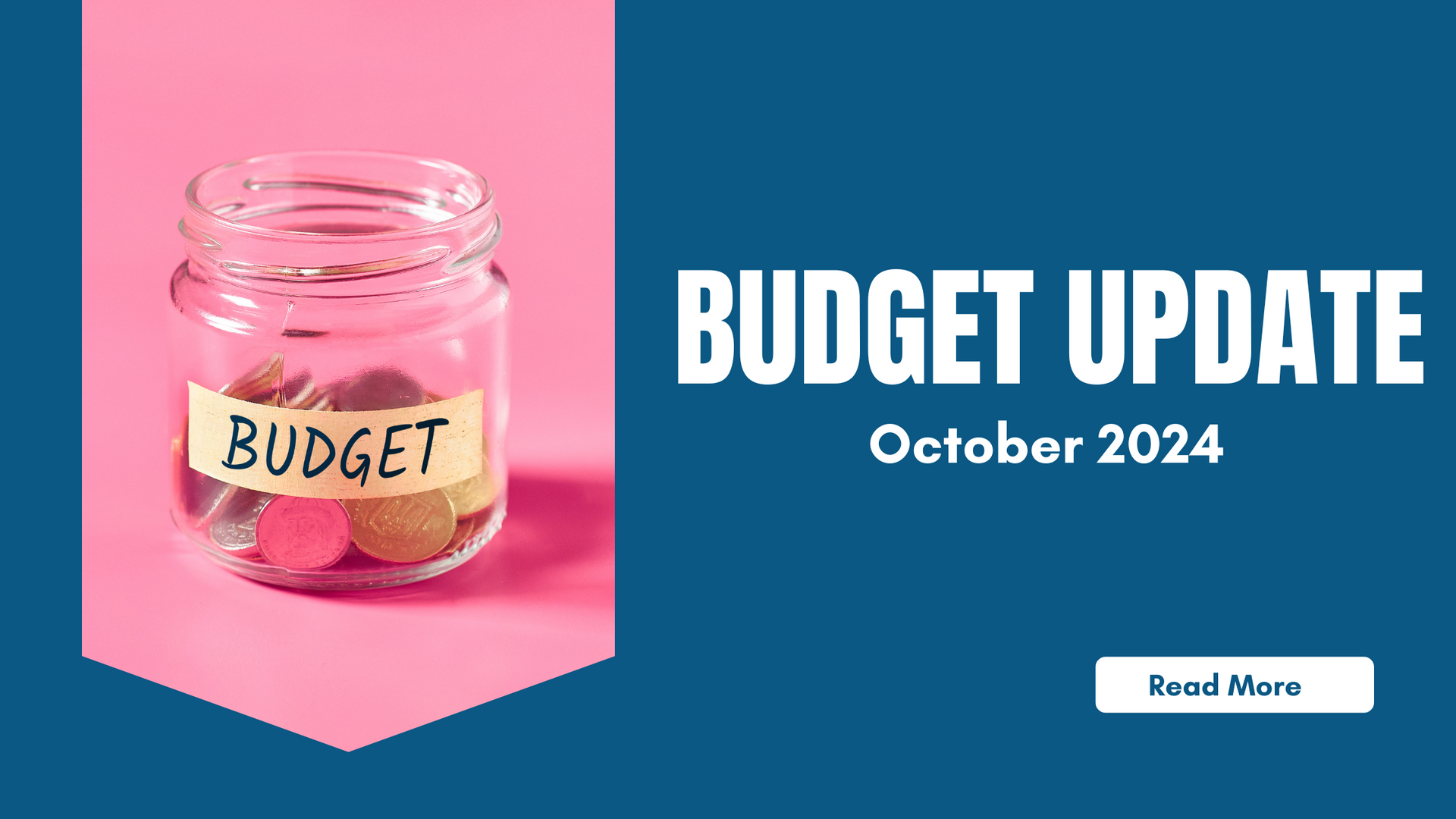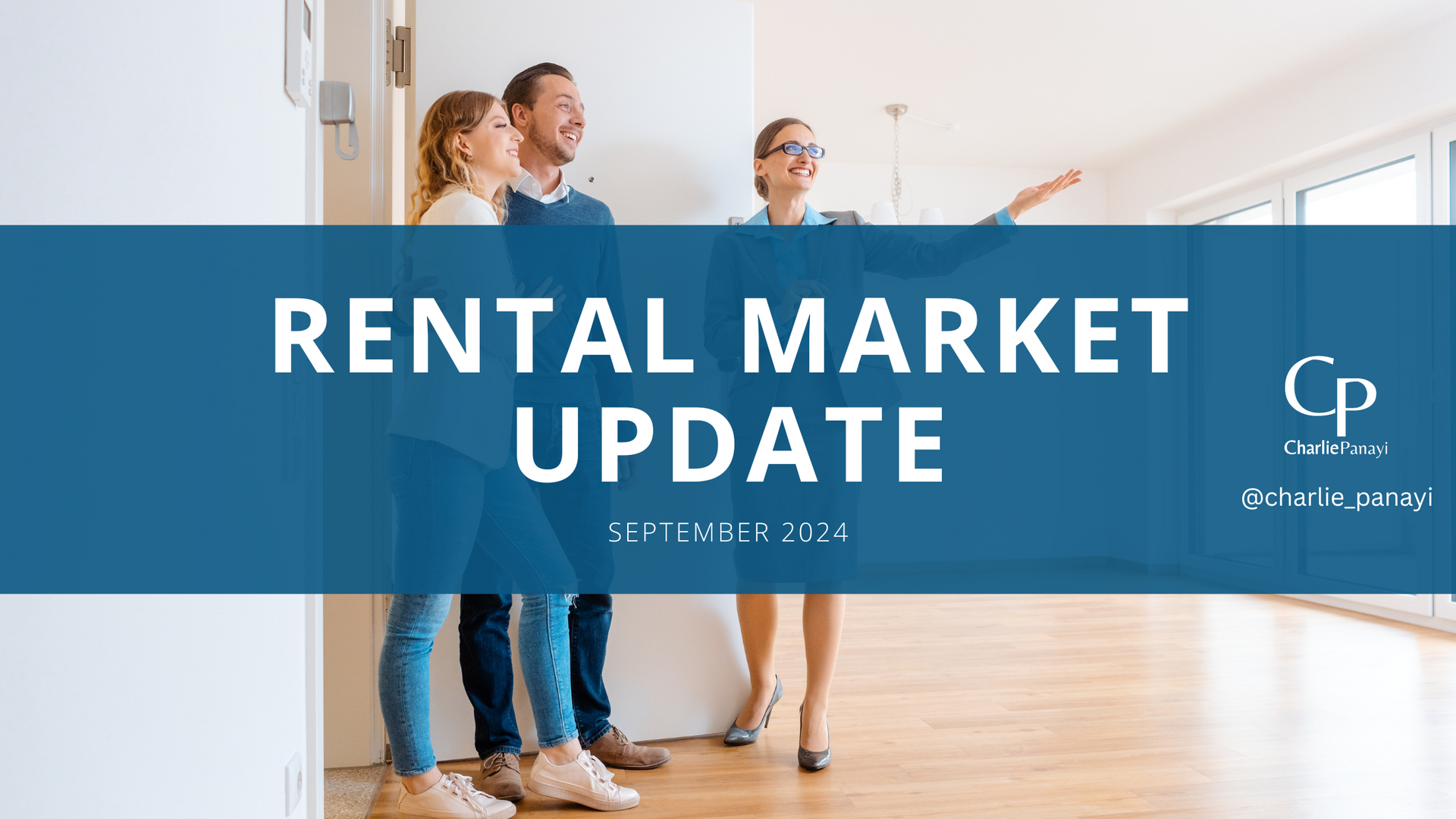Key facts and figures:
- Average UK house price is now £285,579 compared to £272,778 a year ago, a rise of £12,801.
- 2022 recorded the highest rate of annual growth since January 2005, peaking at 12.5%.
- Average property prices are 19.4% higher than pre- pandemic (£239,176 in March 2020).
- A new record high average property price was set in August 2022 of £293,992.
- The typical UK house price has increased by 71% over the last decade (£166,627 in November 2012), a rise of £118,953.
- Properties sold to first-time buyers recorded a lower rate of annual house price inflation (+3.6%) than home-movers (+5.3%) over the last year to the end of November.
- The North East of England saw the highest rate of annual property price inflation of any UK region or nation in the year to the end of November 2022 at +10.5%.
- The South East of England recorded the biggest price increase, up by £28,068 over the last year to the end of November.
- London recorded the slowest rate of annual house price growth at +5.2% over the last year to the end of November, however at £549,160 still has by far the most expensive average UK property price.
- House prices flattened off from mid-year, and fell near the end of the year, as the increasing cost of living put more pressure on household finances and rising interest rates pushed up mortgage costs.
- This downward trend will continue into 2023, with house prices expected to fall next year by around 8%. However forecast uncertainty remains high given the current economic environment.
Charlie Panayi, Multi-Business owner and Managing Director of Red Squirrel property shop Ltd:
“2022 provided a year of two halves, the first six months was still seeing the house prices rising following the pandemic trend, with the average increase more than £17,000 to their values by June.
“Seeing such rapid price growth over the previous 18 months, along with the economic headwinds, a slowdown in pricing had to happen, it was inevitable. This played out seeing the average price decreased in November by -2.3%.
“We must remember that over the last 3 years we have seen some of the biggest increase in house prices ever! Between February 2020 and August 2022, the average house price grew by nearly £55,000, to £293,999, a staggering 23% increase, with was a new record high!
“With the increasing cost of living putting pressure on household finances and the rising interest rates impacting people, there will understandably be more caution amount both sellers & buyers. Most will likely look to review whether they ‘need’ to take that move or not now.
“Looking forward to next year, I believe it will evidently be a more challenging housing market, however its important this doesn’t mean doom-and-gloom, it will just be the marked rebalancing to reflect the current market conditions. There has always been an imbalance on supply & demand in the UK housing market, therefore the limited supply of properties available will continue to support the housing prices.
“Unemployment is expected to rise in 2023 to around 5.5%. Again, it’s important to remember this is relatively low compared to historic standards. While inflation may be close to its peak, household energy bills are likely to continue rising, putting further pressure on household budgets.
“I would expect realistically we will UK house prices to decrease around or up to the 10% mark by the end of 2023. I want to put some perspective on this so people don’t believe there is a massive crash, if they dropped by 10%, the market value is still around 10% higher than pre-pandemic, meaning there has still been fantastic gains over recent years. It is normal for a market to realise itself after the rise we have seen. It’s difficult to give a certain forecast of course, however it would make sense. Experts do not see it exceeding the 10% mark and many believe its likely to be more around the 5% range dependent on location. Another important factor is to consider what area you live in, these are generic for the UK.
Notes: Information gathered via Halifax, Homemark, Zoopla and Rightmove.











